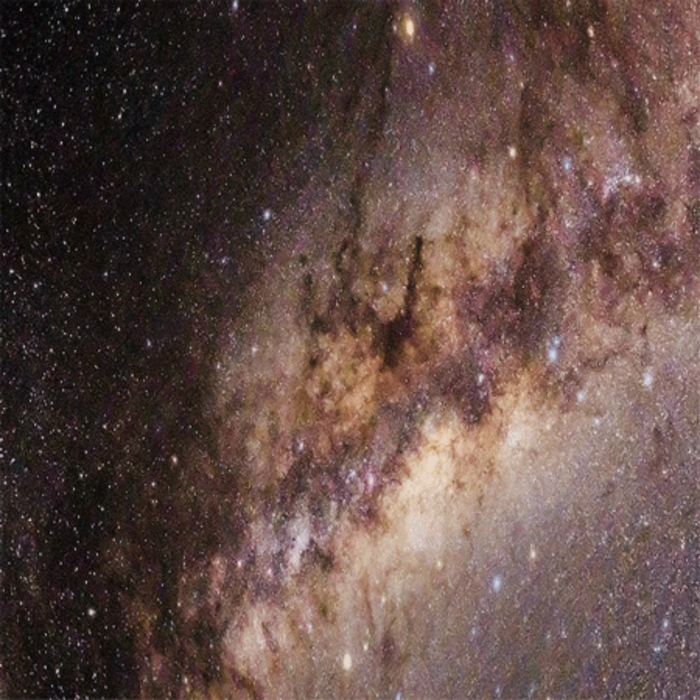A recently discovered celestial body has the appearance and optical properties of a black hole, but it could be a new type of star.
 Movie clip showing the gravitational lensing effects caused by no object in an observer’s line of sight, a black hole, and the topological soliton. Image Credit: Pierre Heidmann/Johns Hopkins University.
Movie clip showing the gravitational lensing effects caused by no object in an observer’s line of sight, a black hole, and the topological soliton. Image Credit: Pierre Heidmann/Johns Hopkins University.
Despite being a fictitious mathematical construct, recent simulations by Johns Hopkins University researchers indicate that other celestial objects in space could be hidden from even the most advanced telescopes on Earth. Physical Review D published the findings.
We were very surprised. The object looks identical to a black hole, but there’s light coming out from its dark spot.
Pierre Heidmann, Study Lead and Physicist, Johns Hopkins University
Black holes were revealed to exist by the gravitational wave discovery in 2015, which shocked the astronomy community.
Physicist Ibrahima Bah, a co-author and a physicist at Johns Hopkins, stated that the team was motivated by those results to investigate the potential of more objects that would exert similar gravitational effects but could be mistaken for black holes when viewed with ultra-precise sensors on Earth.
How would you tell when you don’t have a black hole? We don’t have a good way to test that. Studying hypothetical objects like topological solitons will help us figure that out as well.
Ibrahima Bah, Study Co-Author and Physicist, John Hopkins University
The Johns Hopkins team’s topological soliton is an object realistically shown in the new simulations. The simulations depict an object that, when viewed from a distance, resembles a black hole but, when viewed up close, seems to be something else completely.
At this point, the object is speculative. However, the fact that the team could create it using mathematical calculations and simulate how it would seem raises the possibility that there are other types of celestial bodies in space hidden from even the most powerful telescopes on Earth.
The results demonstrate how the topological soliton deforms space identical to that of a black hole yet acts differently since it scrambles and emits feeble light rays that would not escape the powerful gravitational pull of an actual hole.
Heidmann added, “Light is strongly bent, but instead of being absorbed like it would in a black hole, it scatters in funky motions until at one point it comes back to you in a chaotic manner. You don’t see a dark spot. You see a lot of blurs, which means light is orbiting like crazy around this weird object.”
The gravitational pull of a black hole is so strong that light can orbit it at a certain distance from its center like how the Earth orbits the sun. This distance establishes the edge of the hole’s “shadow,” ensuring that any incoming light will fatally strike the “event horizon.” Nothing can leave that place, not even light.
With a black hole and the topological soliton in front of the camera, the Hopkins team created multiple simulations utilizing images of the universe as though they had been taken with a camera. Due to the gravitational pull of the massive bodies, the results created distorted images.
“These are the first simulations of astrophysically relevant string theory objects, since we can actually characterize the differences between a topological soliton and a black hole as if an observer was seeing them in the sky,” Heidmann further started.
In 2021, Bah and Heidmann used Einstein’s general theory of relativity to develop methods for creating topological solitons. Their work was inspired by many string theory breakthroughs.
When compared to black holes, the solitons serve as the finest models for what future quantum gravity objects could look like, despite the fact that they are not predictions of new objects.
Boson stars, gravatars, and other hypothetical objects that could have similar gravitational effects on strange types of matter have already been modeled by scientists.
However, the new research takes into consideration foundational hypotheses of the universe’s inner workings that other models do not. According to the researchers, it employs string theory, which unifies Einstein’s theory of gravity with quantum mechanics.
Bah added, “It is the start of a wonderful research program. We hope in the future to be able to genuinely propose new types of ultracompact stars consisting of new kinds of matter from quantum gravity.”
Emanuele Berti, a physicist at Johns Hopkins, is also a member of the team. The topological soliton in the simulations was initially created in research by Bah’s team that was published in 2022.
Journal Reference
Bah, I., et al. (2022) Schwarzschild-like topological solitons. Journal of High Energy Physics. doi:10.1007/JHEP08(2022)269.